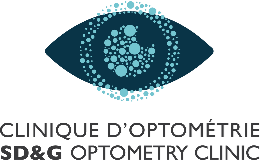We provide ocular disease management and co-management for multiple conditions, including cataracts, glaucoma, age-related macular degeneration, diabetic retinopathy, and post-surgical care.
Cataracts
A cataract occurs when the lens of the eye hardens and becomes cloudy. This can happen due to age, systemic diseases, or medication. When the lens becomes cloudy, it blocks light from reaching the retina and interferes with vision. The effect is similar to looking through a dirty car windshield or through a fog. Cataracts can develop in one or both eyes and they can progress in each eye at a similar or different rate. They are easily detected and followed by your optometrist. You can be referred to a cataract surgeon in a timely manner when your vision becomes affected by a cataract.
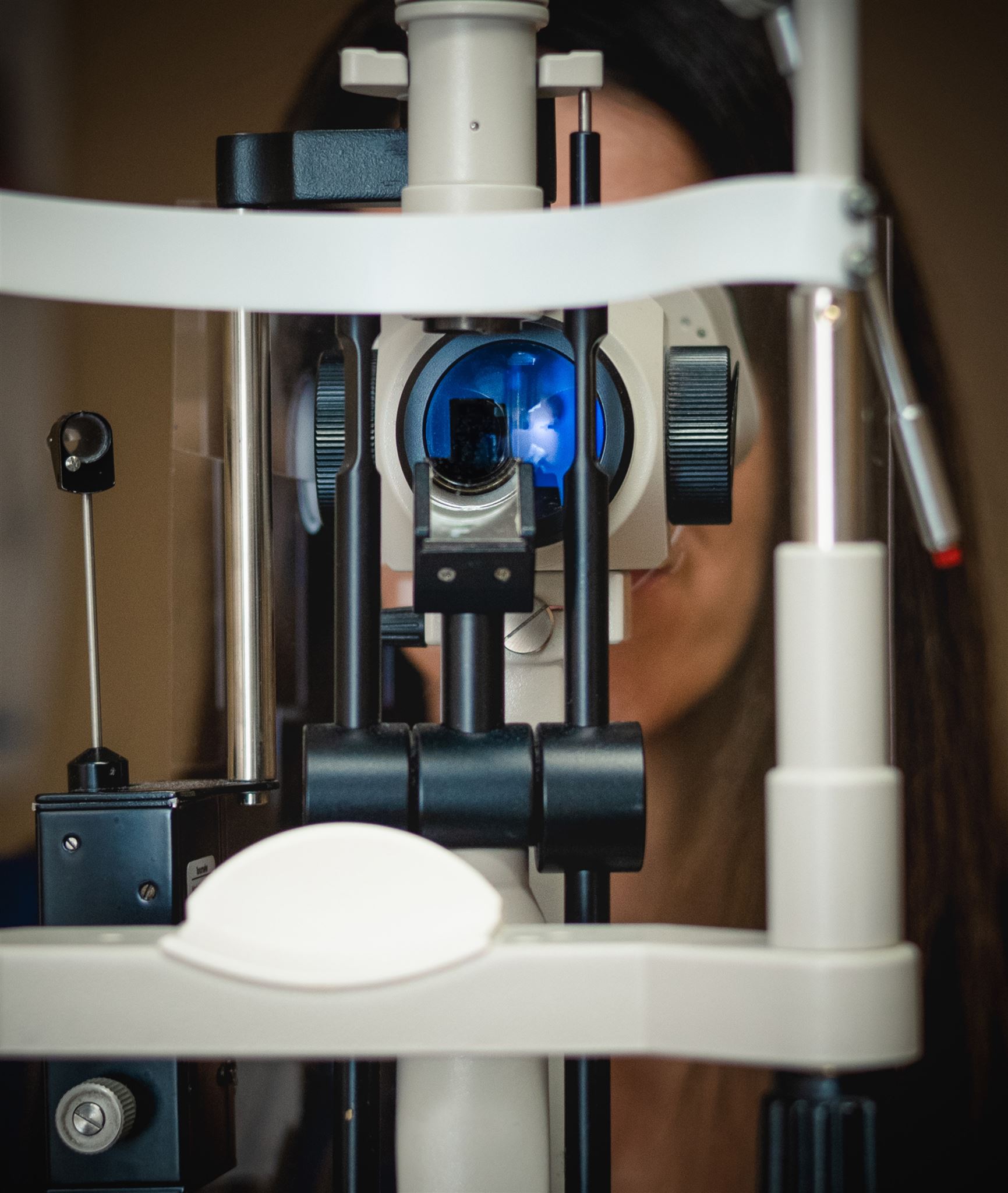
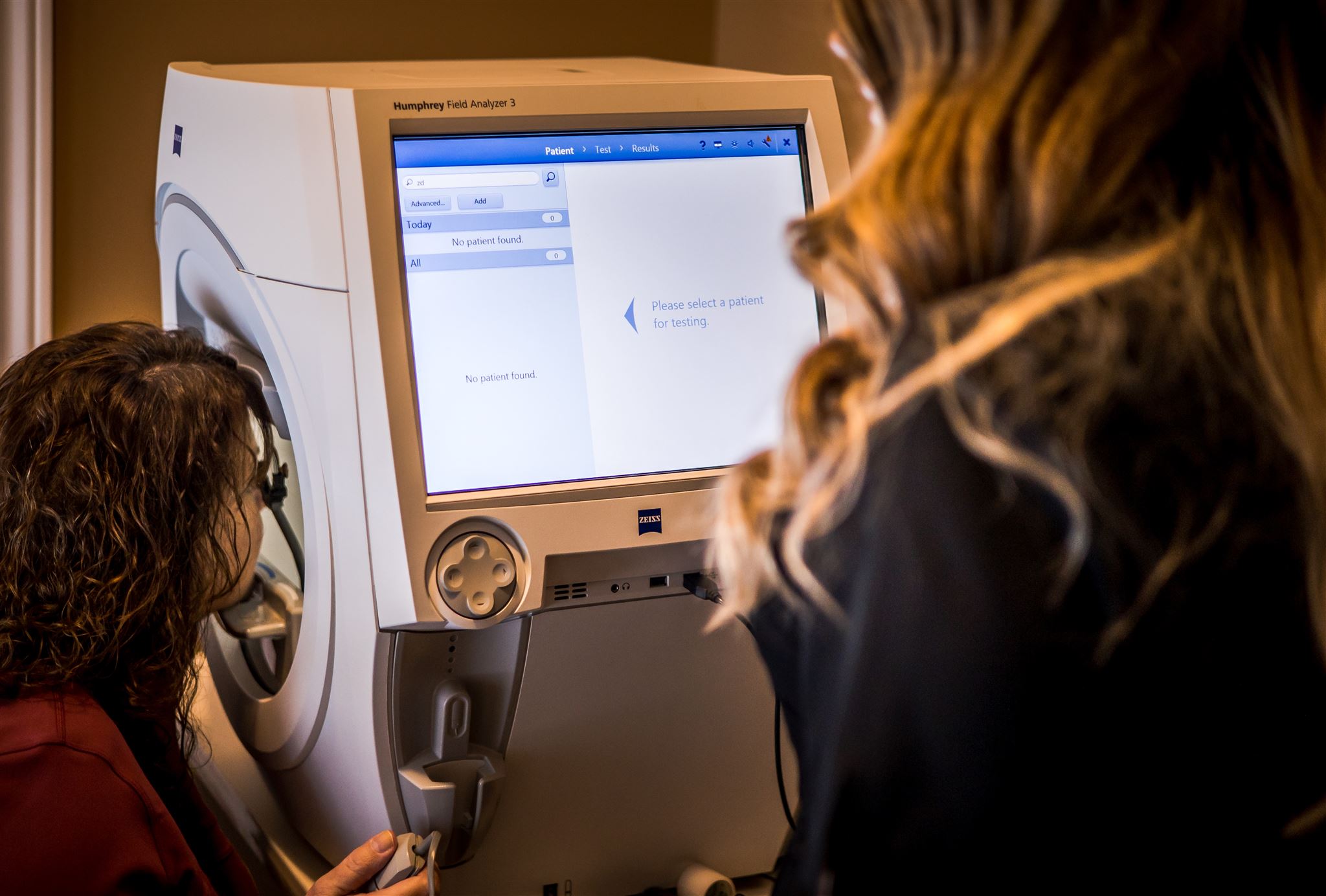
Glaucoma
Glaucoma is one of the leading causes of blindness in Canada and is the result of progressive damage to the optic nerve, resulting in vision loss. The optic nerve is the cable between your eyes and brain for vision. Damage from glaucoma typically affects your peripheral visual field first. A person with glaucoma does not often perceive the vision loss until it is severe or advanced.
There are primarily two types of glaucoma. The first, which is called open-angle glaucoma, is the most common and it generally causes no symptoms in the early stages. As such, most individuals don’t realize vison loss has occurred until the disease has reached an advanced stage, earning this disease the nickname “the silent thief of sight”. The second type, which is called angle-closure glaucoma causes pain and nausea and can lead to a very sudden deterioration in vision.
Glaucoma cannot be cured, but it can be treated. As such, preventative care through routine eye exams is essential in early detection and treatment of patients with glaucoma.
Age-Related Macular Degeneration (AMD)
Age-related macular degeneration is the leading cause of vision impairment among Canadians and affects over one million individuals. AMD most commonly presents after the age of 50 and exists in two main forms: dry and wet. Dry AMD is much more prevalent and is usually how the disease starts.
Deposits called drusen form at the macula, the part of the retina at the back of the eye responsible for our most precise vision. These deposits can cause blurred vision. In wet AMD, the accumulation of drusen leads to abnormal blood vessel growth. These abnormal vessels can leak blood and fluid underneath the macula and lead to significant and permanent central vision loss. Early vision symptoms of the disease may not be noticeable by those affected, which is why regular eye exams are critical in identifying and monitor this degenerative condition. There are several steps that can be taken to help in the prevention of AMD (dry and wet) and there are now efficient treatment options for wet AMD.
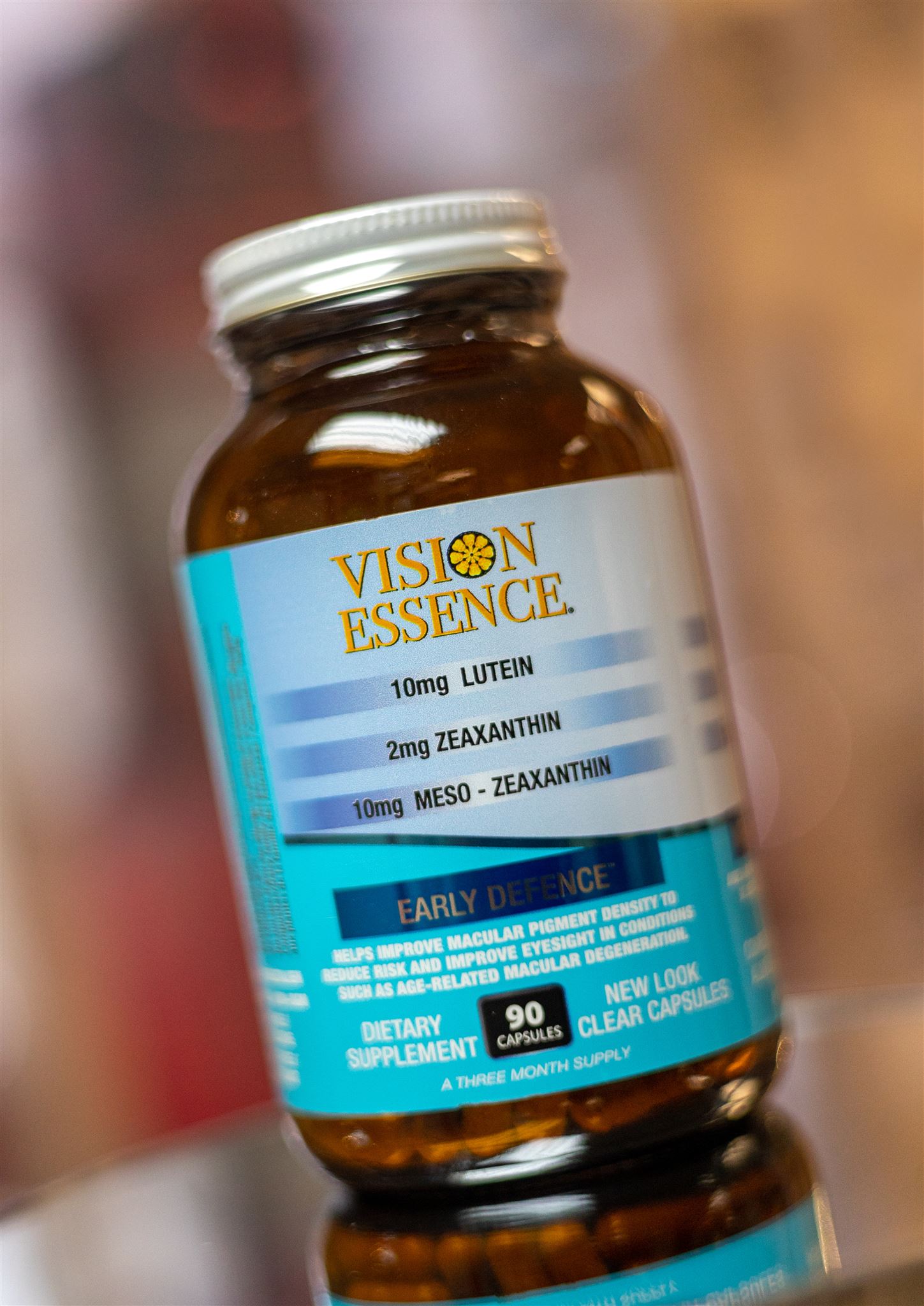
Dry Eye Disease (DED)
Dry eye disease affects a large part of the population and can include symptoms such as burning, itching, watering, redness, decreased vision, and pain. Our optometrists examine your ocular surface for signs of dry eye disease during every comprehensive eye exam and will tailor your treatment options accordingly. Learn more about our advanced dry eye clinic.
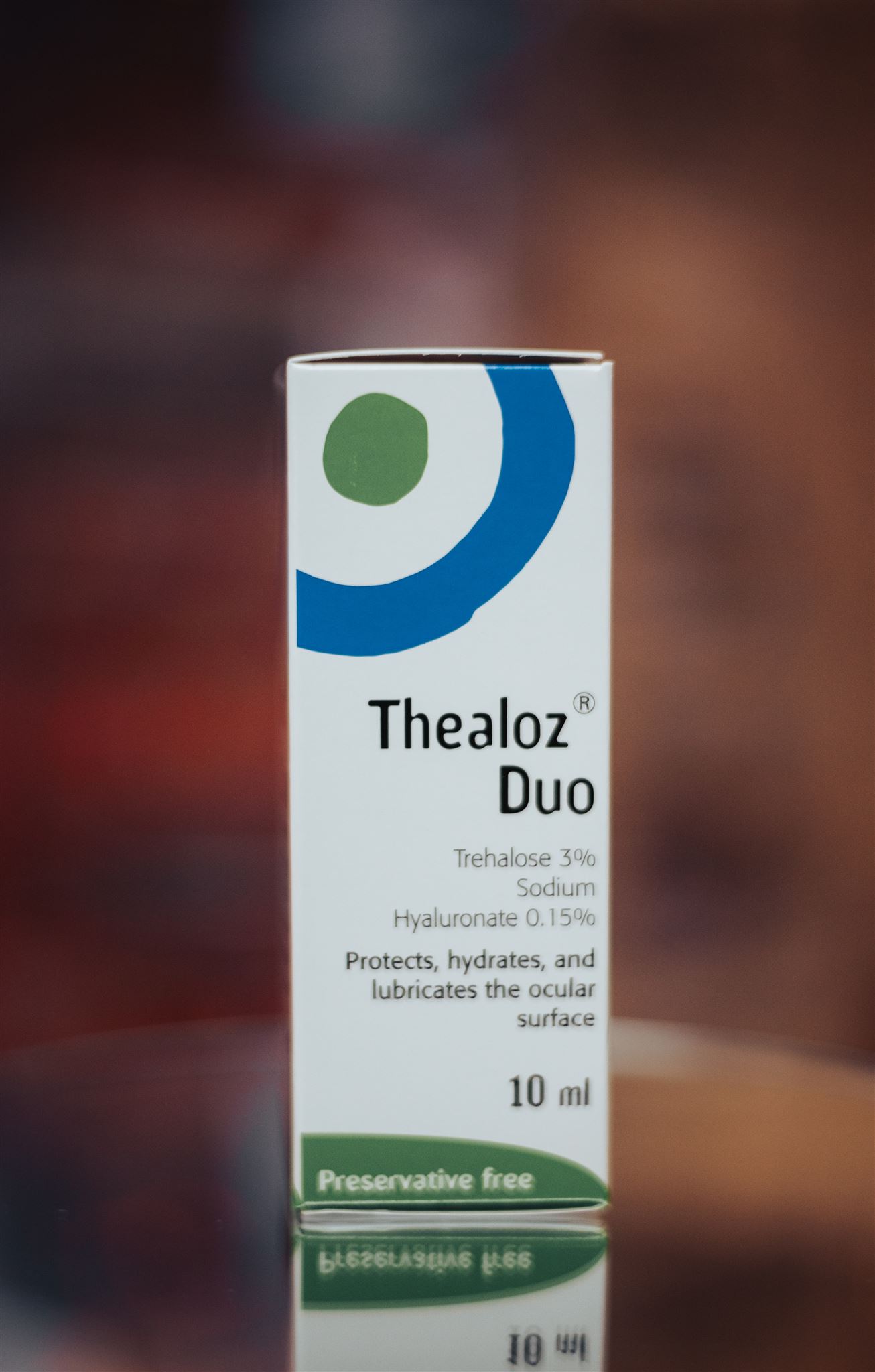
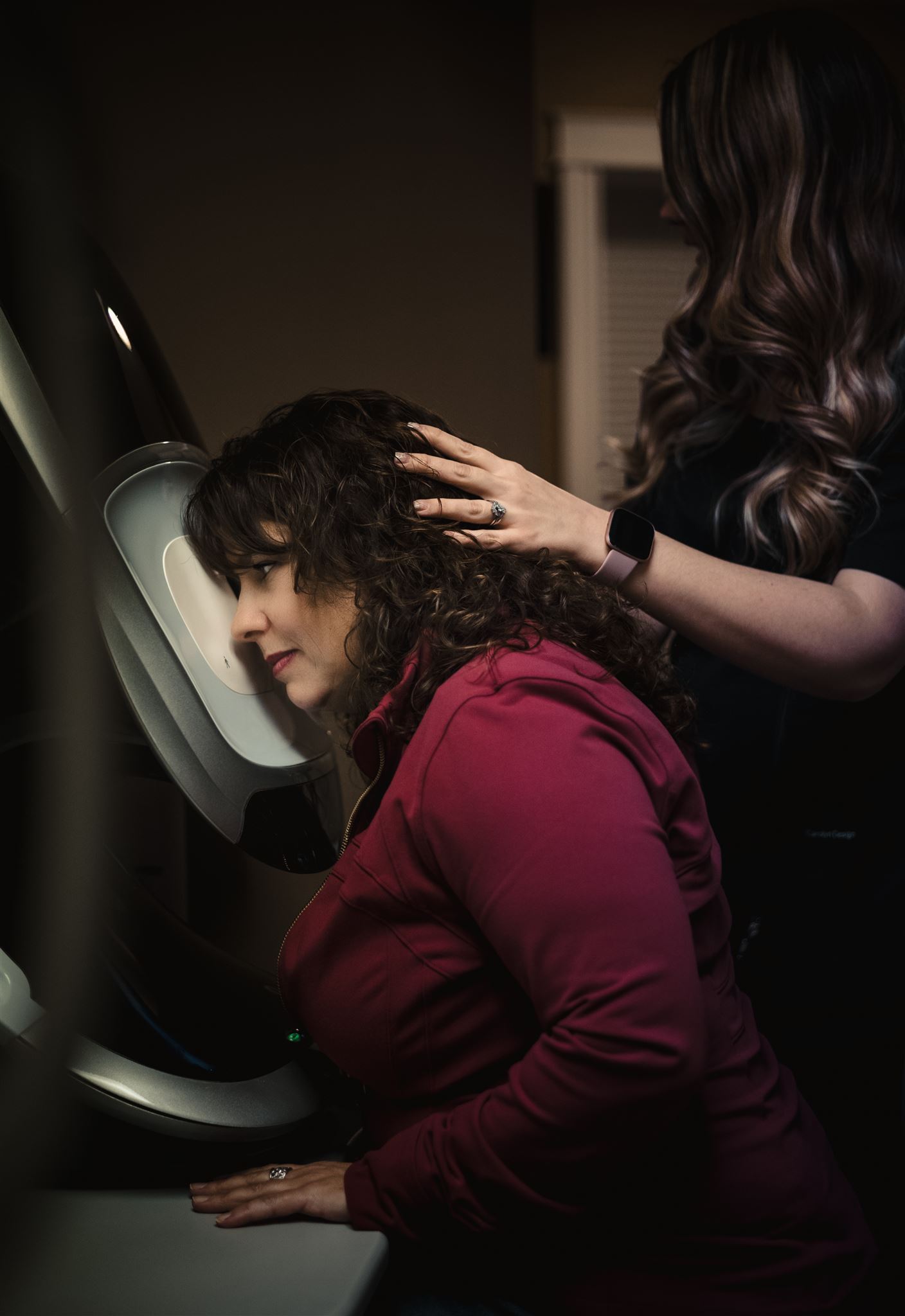
Diabetic Eye Disease
Diabetes is a chronic disease that impairs your body’s ability to take up sugar from the bloodstream, leading to chronic high blood sugar. These chronically elevated levels of blood sugar cause damage to your body’s vasculature, including the fine blood vessels that feed the eye. Damage to these vessels can cause retinal bleed, swelling and abnormal blood vessel growth, known as diabetic retinopathy, which can cause permanent vision loss if left untreated. The longer you have diabetes and the less controlled your blood sugar is, the more likely you are to develop this eye condition. Our doctors are trained to identify and monitor diabetic eye disease. Should you require treatment, you will be referred to a highly trained specialist through our trusted provider network.
Hypertensive retinopathy
Hypertension is a systemic condition characterized by chronic high blood pressure. Chronic high blood pressure can cause physical changes or damage to the vasculature of the retina, leading to vision loss. Higher risks of complications are associated with those with high cholesterol levels, diabetes, and people who smoke tobacco. Through regular eye examinations, your optometrist can guide you and work with your physician to help prevent damage to your vision.
Computer Vision Syndrome (CVS)
This syndrome encompasses a large group of eye and vision problems resulting from prolonged use of digital devices including phones, tablets, computers and e-readers. Symptoms include eyestrain, headaches, blurred vision and dry eyes. Our doctors will identify these issues in the exam room and provide treatment and recommendations for improved comfort and clarity on a daily basis.
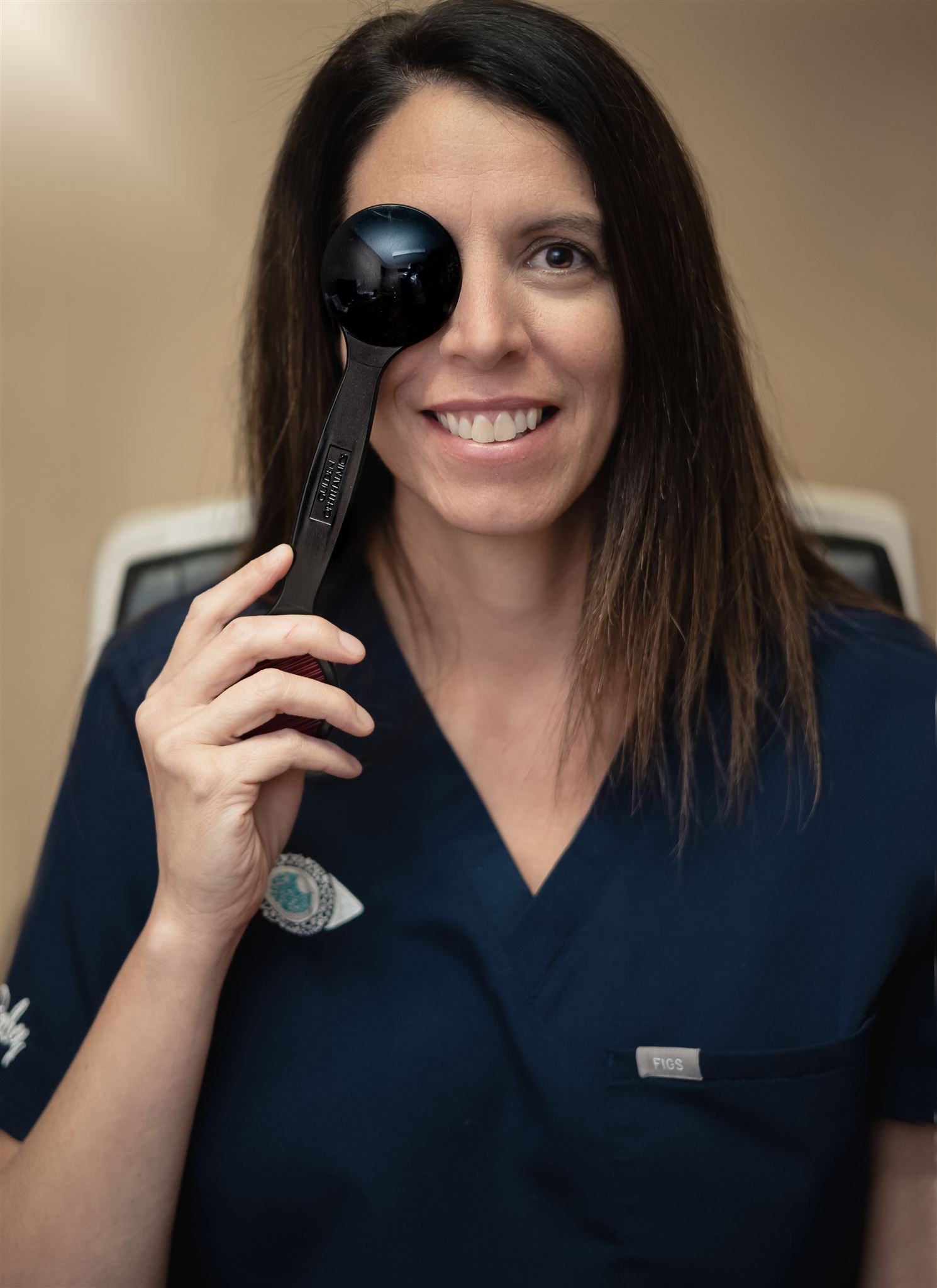
Binocular vision disorders
Binocular vision is a term that is commonly used to describe the way in which your eyes work together to help you see and learn. A few examples where good binocular vision is needed are being able to see a movie in 3D or being able to read with a steady flow. A comprehensive assessment of your binocular vision status can often help to elicit some issues that you did not know existed. Some binocular vision conditions can be corrected with therapy to strengthen the connection between your brain and your eye muscles. It is especially important to assess the binocular vision status of school-aged children early on in life. As much as 60% of children with learning disorders have vision problems, including binocular vision disorders.
Surgical Co-Management – Refractive Laser and Cataract
We provide pre- and post-operative care for cataract surgery and refractive surgery including LASIK, SBK, PRK, and clear lens exchange. Our doctors work with specialists and surgical centers in Ottawa, Montreal, Cornwall, Hawkesbury, and Winchester.
Urgent or Emergency Care
We are a full-scope practice and see a wide range of eye emergencies each day. If you have an urgent eye care need such as an injury, infection, or flashes and floaters, please call our office as soon as possible. Our staff will ask you questions about your condition and may speak to one of the doctors before booking you an appointment, usually either the same day or the following day. Be sure to bring your health card, as the assessment of some (but not all) urgent eye conditions is covered by OHIP, regardless of age.
